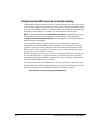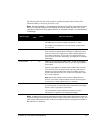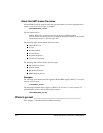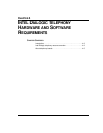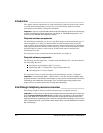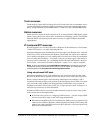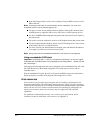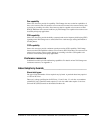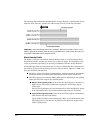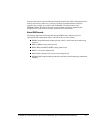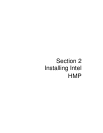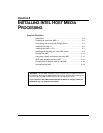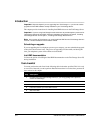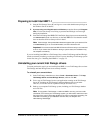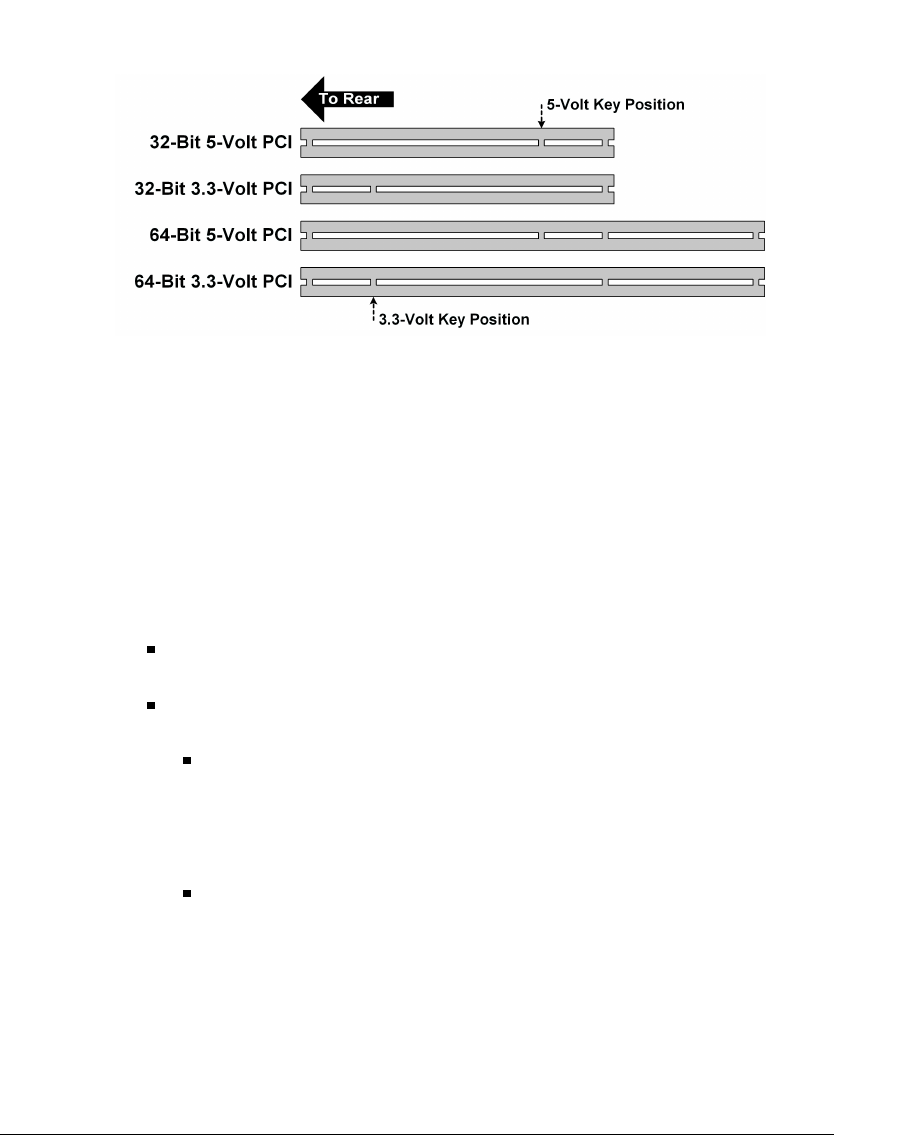
4-6 INSTALLING INTEL TELEPHONY COMPONENTS
The following diagram illustrates the different PCI slot types. Regular 5-volt PCI boards fit into
either the 32-bit or 64-bit 5-volt PCI slot. UPCI boards fit into any of the slots illustrated.
Important:
Some Intel Dialogic boards are available in both a PCI and UPCI version. In the
tables in Appendix E hardware, these boards are identified with a model number that ends in U,
for example, HDSI/480U, with a slot type of UPCI.
About timeslot limits
The number of timeslots consumed by the Intel Dialogic boards in your TeleVantage Server
determine the number of trunks and stations your system can support. The information in this
section is particularly important if you are using a combination of SCbus and H.100 boards.
All Intel Dialogic boards are interconnected by a voice bus within the PC chassis that allows for
the switching of phone calls and sharing of resources between boards. There are 2 TDM voice
bus types, the SCbus and the CTbus.
The SCbus supports a maximum of 1024 timeslots, which means that the total number
of timeslots used by all of the installed Intel Dialogic boards cannot exceed 1024.
The CTbus supports a maximum of 4096 or 1024 timeslots, depending on the signaling
mode used. The CTbus supports two signaling modes:
Native CTbus signaling mode. In this mode, the CTbus supports a maximum of
4096 timeslots. Some of the H.100 boards supported by TeleVantage support
CTbus mode.
Native CTbus signaling mode is used automatically if all the Intel Dialogic boards
in the TeleVantage Server are H.100 boards that support native CTbus mode.
Legacy SCbus signaling mode. In this mode, the CTbus supports a maximum of
1024 timeslots, the same as the SCbus.
Legacy SCbus signaling is used automatically if there are any SCbus boards in the
TeleVantage Server, or if there are any CTbus boards that do not support native
CTbus signaling mode.



